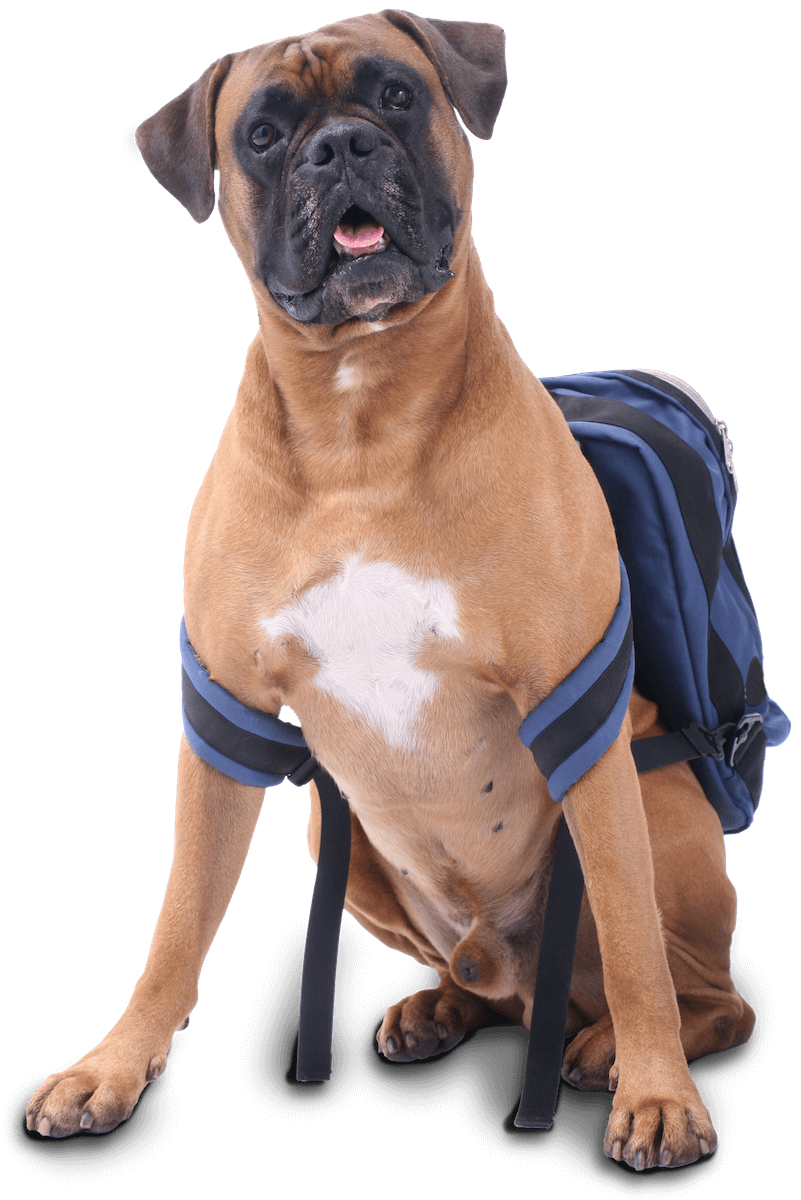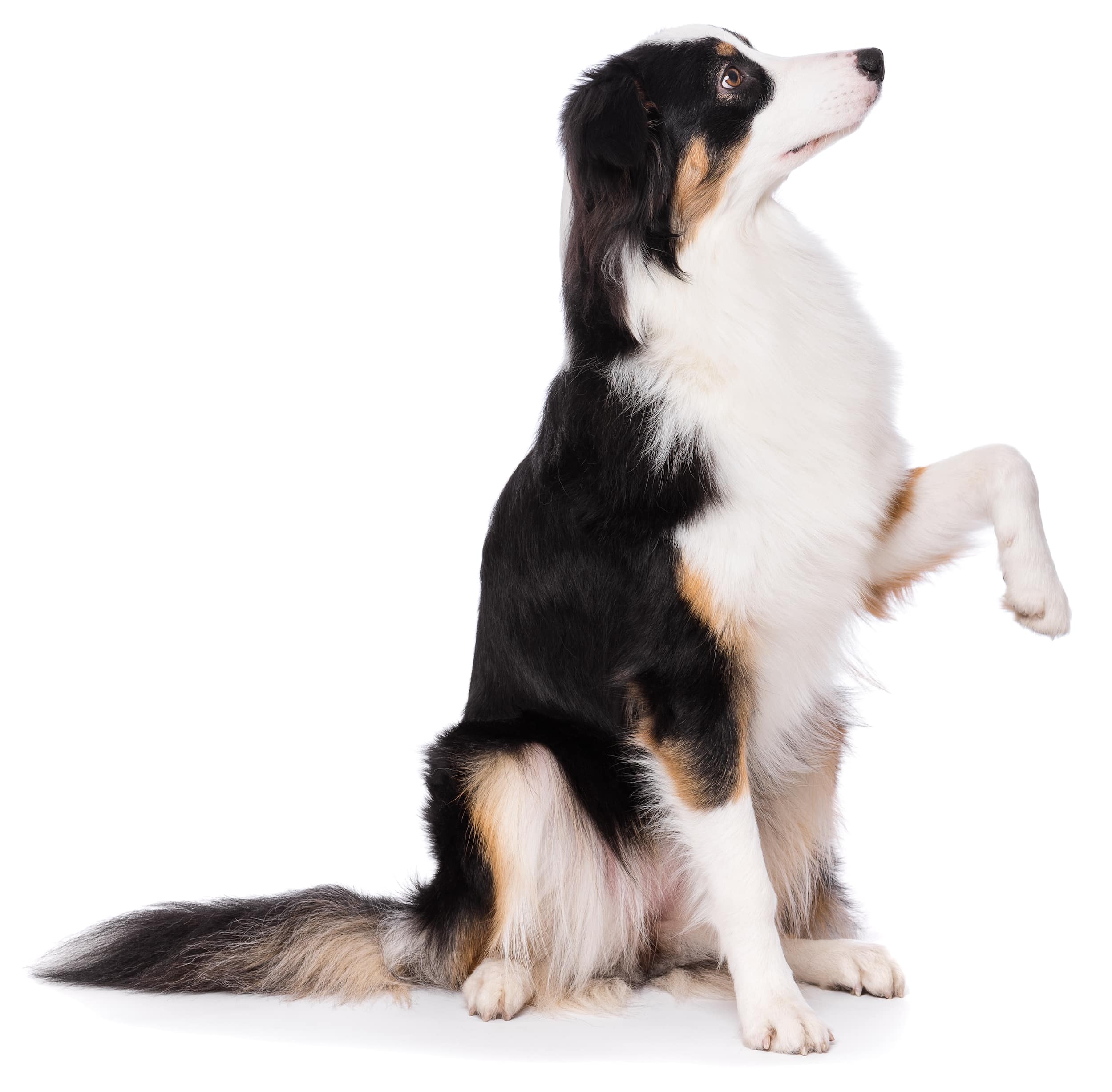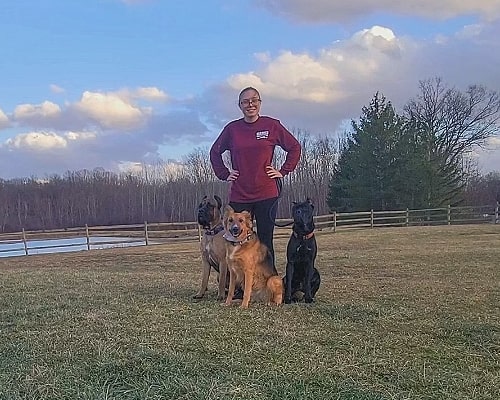Barks & Recreation Daycare Reservation


Barks & Recreation Dog Training
$150
Must be paid online prior to the start of the class to reserve your spot
When: One (1) 50 minute class each week (choose from Wednesdays or Sundays) for five (5) consecutive weeks
About the Class: Your dog will learn 5 basic commands: “SIT”, “COME”, “DOWN”, “PLACE” (staying on a raised bed), and “HEEL” (walking on a loose leash on the left side). You will learn how to train new behaviors and how to get rid of any unwanted behaviors. From these 5 basic commands and the command sequence you will learn, you can train your dog to do just about anything!
Basic Obedience is a group class for dogs who are over 4 months old and up to date on vaccinations. All paperwork must be filled out and approved before registering for class. If your dog is severely reactive to new dogs and/or people this class may not be for you — so speak to the trainer before registering.
Practice all previous work plus….
Practice all previous work plus….
Practice all previous work plus….
Training is an ongoing process so continue to work on everything you learned.
Congratulations!

I’m Sam and I have always had a deep love of and passion for animals, especially dogs. I started off college at Kent State University thinking I wouldn’t be able to incorporate that passion into my career, so I chose the next best thing, humans. I decided to double major in Psychology and Sociology and my freshman year I started working at Barks and Recreation. As I continued through college, I found I could apply a lot of the things I was learning about humans to dogs. I got interested in dog behavior and I started doing research in my own time. That research in combination with my experience working at the daycare led me to become an expert at dog behavior and reading dog body language.
In July 2020, I got my first dog, Rue. All the research in the world could not have prepared me for her. She was a 4-month-old untrained and absolutely out of control German Shepherd mix. She was super reactive on leash (barking, growling, lunging, and pulling); absolutely crazy in the house (running, jumping on furniture, destroying things, bolting out the door); and just a complete terror (jumping on people, nipping and biting, dragging me down the road during walks, and completely ignoring commands). Since this was during the height of the pandemic and I was unable to find a dog trainer, I went to work. I read books, listened to podcasts, and watched hours of YouTube videos on how to train dogs. I started working every single day with Rue until she did a
complete turnaround. She is now a wonderful and well-behaved dog; she completed her AKC Canine Good Citizen test, has a title in AKC Novice Rally competition, and she even has off leash freedom.
After my success with Rue, I really started to become passionate about dog training. I got my second dog, Giovanni, in October 2021 and really put a lot of time into training him on the right path. He also completed his AKC Canine Good Citizen test, has off leash freedom, and is working towards his AKC Novice Rally title. I graduated from Kent State in May 2022 and decided to follow my passion for dogs. I continued working at Barks and Recreation with hopes to become a dog trainer. With help from Amy, I was able to attend Top Tier K9 Academy to become a certified pet trainer.
I got my third dog, Sahara, in February 2023. I’ve been training her through the Top Tier K9 program, and I am super happy with the results. She is building a super solid foundation of obedience that can be used to teach or correct any new behaviors in the future. As well as help her work towards off leash freedom, her AKC Canine Good Citizen test, and any other future activities. Now I want to share those same results with others. Let me teach you how to be a trainer of your dog and I can promise even if your dog sounds worse than my Rue, it’s possible for them to make a complete turnaround too!
We will be requiring the same vaccinations for training classes as we do for daycare and boarding. So as long as the puppy has their second round of the distemper and bordetella vaccines (rabies is not yet required if under 5 months old), they are more than welcome to join the class. Actually, the younger you start with a puppy, the easier the training will be and the easier it is to eliminate any bad behaviors as they develop.
You will need to bring the following for each class:
Our trainer, Sam, has had about 3 years of experience training dogs and recently earned her Pet Trainer Certification with Top Tier K9. During her certification, she got hands-on experience training dogs of all sizes and temperaments as they had approximately 80 dogs on sight. She has trained her personal dogs and competes in AKC Rally competitions with two of them. She has also worked one on one with a handful of clients helping them to train their dogs.
Please let the trainer know as soon as possible if you are going to miss a class. Our trainer will fill you in on everything you missed and help you catch up. It is essential that both the dog and owner learn everything in each class so if you know ahead of time you will be missing a class, it may be better to wait for a later session when you can attend every class.
Our trainer uses a balanced approach to dog training, tailoring her techniques to each individual dog. Every dog needs something a little different when it comes to training. Some dogs need training to be very structured and sturn, some dogs need things to be more laid back and positive, and other dogs need something in between. We are here to help you figure out what your dog needs and tailor their training to your benefit. Our goal is for you to be successful with your dog when you leave!
Our New Pup Assessments are an opportunity for us to make sure that your dog will be safe and a good fit for Boarding and Daycare at Barks & Recreation — they are NOT required for the training programs.
All dogs must have had their second round of the distemper and bordetella vaccines (rabies is not yet required if under 5 months old).
We recommend you work with your dog for at least 10 minutes each day (each training session should be about 2-5 minutes long) to be the most successful in our classes. Some dogs may take longer to learn certain things and you may have to put in more time if your dog is struggling with something.
We do require you to purchase classes in advance so we can schedule accordingly.
You can call your Barks & Recreation location or request a reservation online. You will receive a confirmation email and a staff member will contact you directly if there are any questions or conflicts.
Please contact Barks & Recreation location directly if you need to cancel your reservation.
Class Rules:
Since each dog will be treated individually and as part of the total class, there is no discount for multiple dogs at this time.
Similar to the overall approach for Barks & Recreation Daycare and Boarding, it is not our policy ever to turn away a dog for training based on breed.
Cost: $40. Must be paid online prior to the start of the class to reserve your spot.
When: A one time 60 minute class — Sunday, May 7, 7:30- 8:30pm
About the Workshop: In this class, you will learn some techniques to improve your dogs leash walking and prevent unwanted behaviors on the leash such as pulling, barking, lunging, and reactivity. Our trainer will assess each dog and determine the best approach to assist you and your dog.
More Information: This is a group class for dogs of any size, age, or temperament that are up to date on vaccinations. All paperwork must be filled out and approved before registering for class. If your dog is severely reactive to new dogs and/or people this class may not for you, so speak to the trainer before registering.
Cost: $40. Must be paid online prior to the start of the class to reserve your spot
When: A one time 60 minute class — Sunday, May 21, 7:30- 8:30pm
About the Class: In this class, you will learn some techniques to prevent your dog from jumping and how to correct your dog when they do jump. Our trainer will assess each dog and determine the best approach to assist you and your dog.
More Information: This is a group class for dogs of any size, age, or temperament that are up to date on vaccinations. All paperwork must be filled out and approved before registering for class. If your dog is severely reactive to new dogs and/or people this class may not for you, so speak to the trainer before registering.